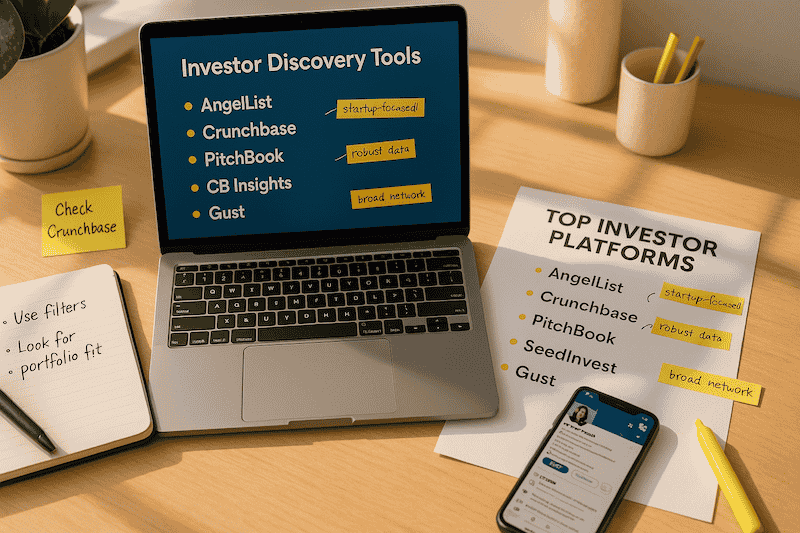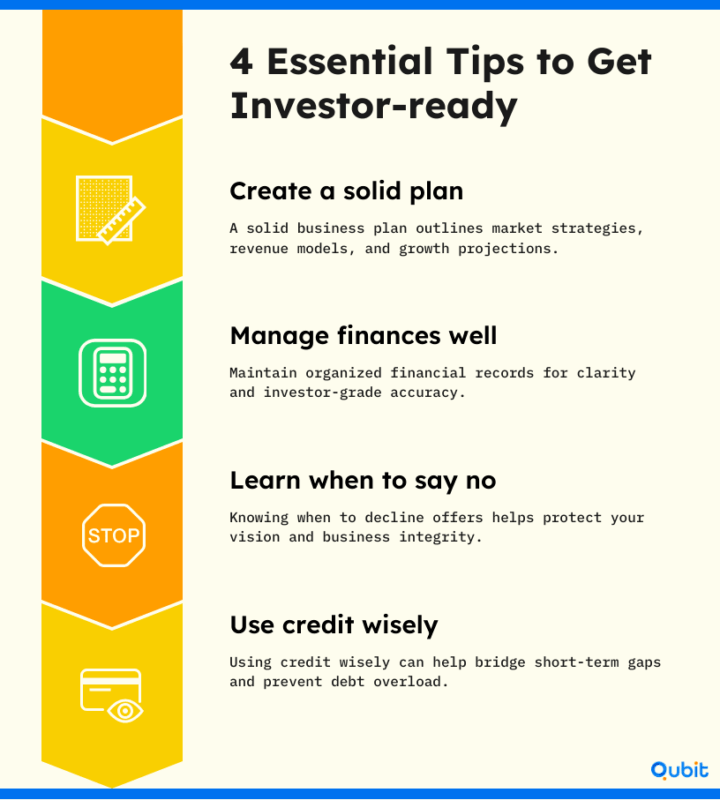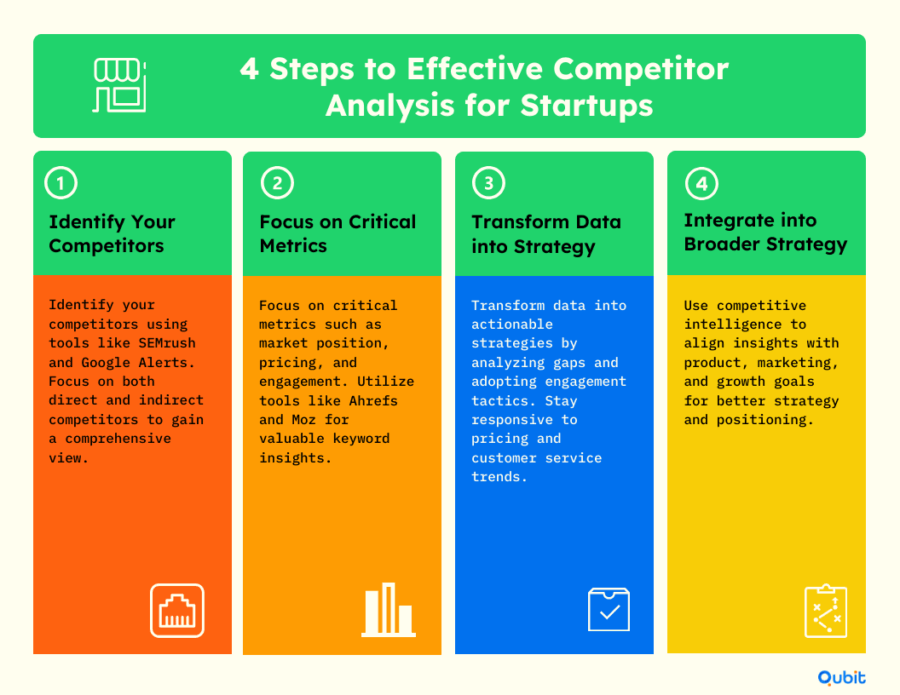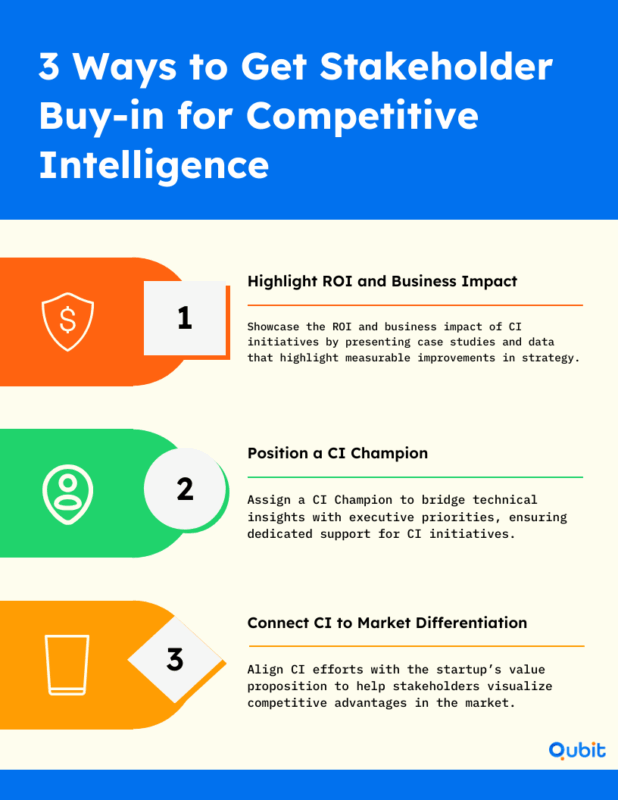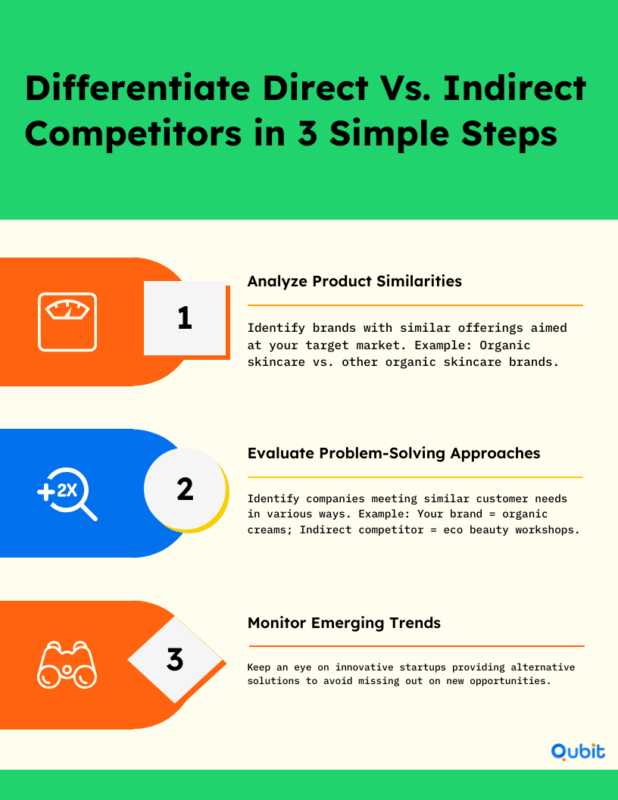Crafting a compelling elevator pitch is an essential skill for professionals aiming to make a lasting impression. Whether you’re learning how to find investors for startups, networking at industry events, or seeking mentorship, a well-structured pitch can open doors. An elevator pitch is a concise, 30–60 second summary of your professional identity, goals, and value proposition. It’s designed to spark interest and invite further conversation.
To refine your pitch, mentorship benefits in networking often include guidance on tailoring your message to resonate with your audience. Mentors can provide valuable feedback, helping you align your pitch with investor expectations and open doors to financial backers. For additional tips and real-life examples, refer to the resource on crafting an effective Elevator Pitch.
Defining the Elevator Pitch and Its Importance
An elevator pitch is a succinct, 30–60 second professional summary designed to capture attention and communicate your value proposition effectively. Whether you’re at career fairs, networking events, or job interviews, this tool serves as a quick introduction that combines your background, skills, and a clear call to action.
Its relevance spans industries and professional contexts, offering a way to make memorable impressions in situations where time is limited. For instance, delivering a polished elevator pitch can make your participation in investor networking events more impactful and memorable.
The 3 C’s: Clarity, Conciseness, and Confidence
Crafting an elevator pitch requires a focus on three essential elements:
- Clarity: Ensure your message is straightforward and easy to understand. Avoid jargon or overly complex language that may confuse your audience.
- Conciseness: Time is of the essence, so keep your pitch brief and to the point. Highlight only the most relevant aspects of your background and goals.
- Confidence: Deliver your pitch with self-assurance. A confident tone conveys credibility and leaves a lasting impression.
By integrating these principles, you can craft an elevator pitch that resonates with your audience and opens doors to new opportunities. Ultimately, the elevator pitch is more than just a summary—it’s a strategic tool for showcasing your value and sparking meaningful conversations.
Structuring Your Elevator Pitch: Mastering the 4 Key Components
Crafting a strong elevator pitch requires more than just a quick summary of your skills. Dividing your pitch into four distinct parts—personal introduction, expertise summary, objectives, and a call to action—ensures clarity and impact. Let’s explore how each component contributes to a well-rounded and memorable pitch.
1. Start with a Personal Introduction
Your introduction sets the tone for the entire pitch. Begin with a confident and concise statement about who you are and your professional identity. This is your opportunity to create a strong first impression. For tips on refining this segment, check out this guide on confident and concise self-introductions. A polished introduction not only establishes credibility but also makes the listener more receptive to the rest of your pitch.
2. Summarize Your Expertise
Next, provide a brief yet impactful overview of your skills and accomplishments. Highlight what makes you unique in your field, focusing on achievements that align with the listener’s interests or needs. This segment should be tailored to your audience, ensuring relevance and engagement. A strong personal branding strategy for startup founders can amplify the impact of your elevator pitch. Learn more about the role of personal branding for startup founders in shaping a compelling narrative.
3. Clearly State Your Objectives
After establishing your expertise, articulate your goals. Whether you’re seeking a partnership, funding, or a new opportunity, be specific about what you aim to achieve. A clear objective not only demonstrates focus but also helps the listener understand how they can assist or collaborate with you.
4. End with a Compelling Call to Action
Conclude your pitch with a strong call to action that prompts the listener to take the next step. This could be scheduling a follow-up meeting, exchanging contact information, or exploring a potential collaboration. Make your ask direct and actionable, leaving no room for ambiguity.
By structuring your elevator pitch into these four components, you create a cohesive narrative that is both engaging and memorable. This approach not only enhances your confidence but also ensures your message resonates with your audience.
Crafting Your 30-Second Elevator Pitch: Precision and Impact
A compelling elevator pitch is your golden opportunity to make a lasting impression. Knowing how to write an elevator pitch that is concise yet impactful is essential, especially when time is limited. Ideally, your pitch should be around 75 words and last 30 seconds, with flexibility to extend up to 60 seconds for investor-focused presentations.
1. Start Strong with an Attention-Grabbing Opening
Your opening line sets the tone and determines whether your audience will stay engaged. Begin with a question, a surprising statistic, or a bold statement that aligns with your audience’s interests. For example, if pitching to investors, highlight a market gap your solution addresses or a growth opportunity they can’t ignore. This approach ensures you capture their attention immediately.
2. Tailor Your Message for Maximum Relevance
A one-size-fits-all pitch rarely works. Tailor your message to resonate with your specific audience. Investors may want to hear about scalability and ROI, while potential clients might focus on how your solution solves their pain points. Adjusting your pitch ensures it feels relevant and impactful to the listener.
3. Keep It Crisp and Focused
Brevity is key. Stick to the essentials: who you are, what you do, and why it matters. According to the recommended Pitch Length, a typical pitch should last between 30-60 seconds. This time frame allows you to deliver a clear and concise message without overwhelming your audience.
4. Close with a Call-to-Action
End your pitch with a clear next step. Whether it’s scheduling a follow-up meeting or providing additional materials, make it easy for your audience to act on your pitch. A confident and actionable closing leaves a strong impression.
Crafting an elevator pitch takes practice, but the payoff is worth it. A well-prepared pitch can open doors to new opportunities and meaningful connections.
Avoiding Pitfalls and Effective Delivery
Delivering an elevator pitch effectively requires a blend of precision, confidence, and timing. However, when networking to find investors, even the most prepared individuals can fall into common traps that reduce the impact of their message.
Common Mistakes to Avoid
- Speaking Too Fast
Rushing through your pitch can overwhelm your audience and make your message difficult to follow. A natural pace allows listeners to absorb your key points and engage with your ideas. - Overloading with Information
Packing too much detail into your pitch can dilute its focus. Instead, prioritize clarity by highlighting the most compelling aspects of your idea or offering. - Weak Call to Action
Ending your pitch without a clear next step leaves your audience unsure of how to proceed. A strong call to action, such as scheduling a follow-up meeting or exchanging contact information, ensures your pitch has a purpose.
Refining Your Delivery Style
To truly captivate your audience, focus on clarity and authenticity. Practice speaking at a conversational pace, emphasizing key points with deliberate pauses. Tailor your tone and language to suit the context, whether you’re addressing potential investors or networking with peers.
Choosing the Right Opportunities
Deploying your elevator pitch at the right moment can significantly enhance its impact. Networking events, career fairs, and industry conferences are ideal settings to showcase your pitch. These environments are designed for professional connections, making them perfect for introducing your ideas.
An effective elevator pitch can be a game-changer when learning how to find startup investors and expand your network. By presenting your pitch confidently in early networking scenarios, you can open doors to valuable partnerships and funding opportunities.
Mastering your pitch requires practice, but avoiding these pitfalls and refining your delivery will ensure your message resonates with your audience.
Inspiring Examples and Ready-to-Use Templates for Your Elevator Pitch
Crafting an elevator pitch that captures attention in seconds can feel challenging, but with the right examples and templates, it becomes a straightforward process. This guide will walk you through real-world elevator pitch examples and structured templates, helping you create a pitch that stands out. By focusing on key elements like the problem, solution, benefits, differentiation, and a compelling call to action, you can confidently articulate your value in any scenario.
Real-World Elevator Pitch Examples
Seeing how others have successfully structured their pitches can provide clarity and inspiration. Let’s explore a practical example:
- Case Study: Sarah Jane, Accountant
Sarah, an accounting professional, crafted a concise pitch highlighting her cost-saving achievements for small businesses. In just a few sentences, she addressed the problem of inefficient financial management, introduced her expertise as the solution, and emphasized the tangible benefits of her work. This example demonstrates how to balance clarity and brevity while ticking all the essential boxes.
When creating your pitch, aim for approximately 75 words to keep it concise and impactful. This word count ensures your message is clear without overwhelming your audience.
Step-by-Step Elevator Pitch Outline
A structured approach ensures that your elevator pitch flows logically and resonates with your audience. Follow these five steps:
- State the Problem
Begin by identifying the challenge or pain point your audience faces. This immediately establishes relevance and captures attention. - Introduce the Solution
Clearly explain how you or your product/service solves the problem. Keep this part straightforward and focused. - Highlight the Benefits
Showcase the tangible outcomes or advantages your solution provides. Whether it’s saving time, increasing revenue, or improving efficiency, make the benefits relatable. - Differentiate Yourself
What sets you apart from competitors? Highlight your unique value proposition or a distinctive feature that makes your solution the best choice. - End with a Call to Action
Conclude with a strong call to action, inviting your audience to take the next step—whether it’s scheduling a meeting, visiting your website, or connecting on LinkedIn.
Ready-to-Use Templates
To simplify the process, here are two templates tailored for different scenarios:
Basic Template
- Problem: “Many small businesses struggle with [specific challenge].”
- Solution: “I specialize in [specific service] to address this issue.”
- Benefits: “This helps businesses [specific benefit, e.g., save money, grow faster].”
- Differentiation: “What sets me apart is [unique value or approach].”
- Call to Action: “Let’s connect to discuss how I can help your business thrive.”
Business-Specific Template
- Problem: “Startups often face [specific challenge, e.g., difficulty attracting investors].”
- Solution: “I create [specific solution, e.g., compelling pitch decks] that address this challenge.”
- Benefits: “This ensures startups [specific benefit, e.g., secure funding efficiently].”
- Differentiation: “My experience in [specific field] gives me unique insights into what investors look for.”
- Call to Action: “Let’s explore how I can help your startup succeed.”
Why Structure Matters
A well-structured pitch not only conveys your message effectively but also leaves a lasting impression. For startups, refining your pitch can be particularly impactful. Exploring the benefits of accelerator programs is one way to gain structured guidance, helping you perfect your narrative and boost your visibility.
By using these examples and templates, you’ll be equipped to create an elevator pitch that resonates with your audience and drives action.
Conclusion
Crafting a compelling elevator pitch is an ongoing process that begins with defining your core message and extends to refining delivery techniques. By focusing on clarity and incorporating a narrative-driven approach, your pitch can resonate more effectively with your audience. Remember, practice is key—each iteration helps you adapt and improve, ensuring your pitch remains relevant in a competitive professional landscape.
We understand how crucial it is to connect with the right people to bring your vision to life. At Qubit Capital, our Investor Outreach service is designed to help you build meaningful connections with investors who align with your goals. Let’s get started today.
Key Takeaways
- An elevator pitch is a concise, 30–60 second professional summary essential for networking.
- The 3 C’s—Clarity, Conciseness, and Confidence—are fundamental to a strong pitch.
- A structured, four-part framework helps create a compelling narrative.
- Tailoring your message for various audiences, including investors, enhances its impact.
- Actionable examples and templates provide clear guidance for refining your pitch over time.









